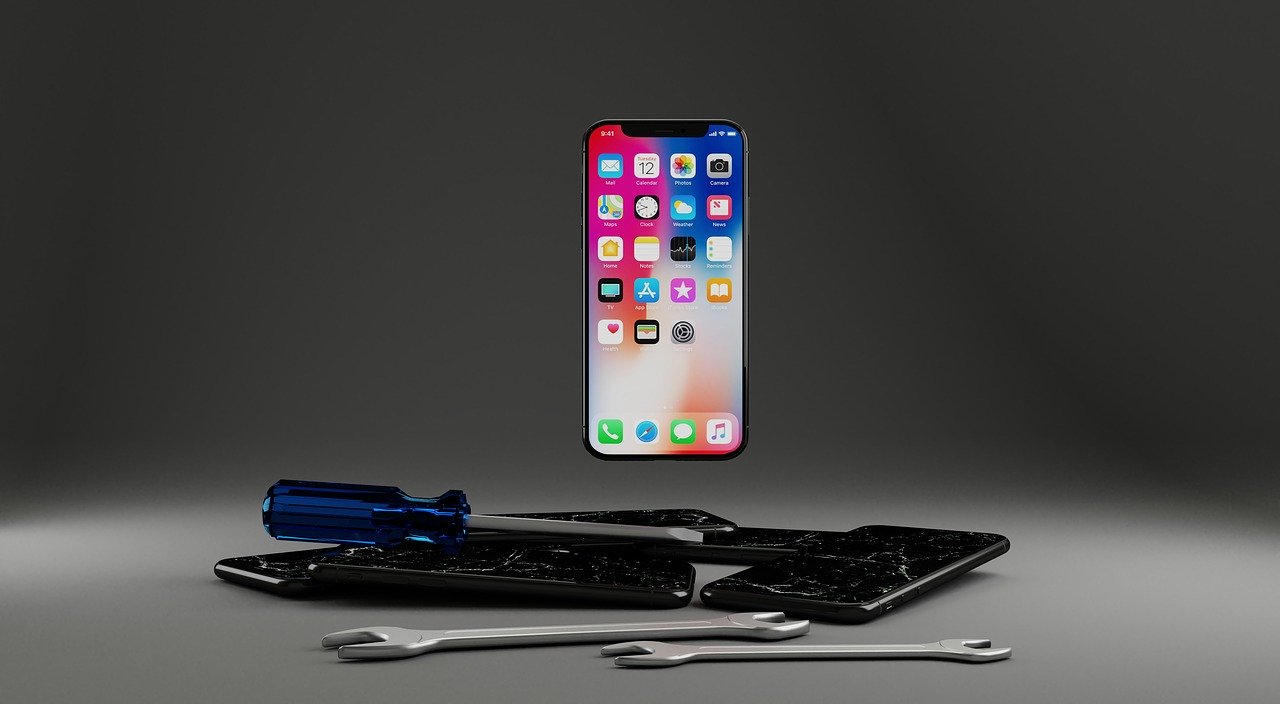Data is the lifeblood of our digital age, encompassing everything from cherished memories to critical business documents. However, data loss can be devastating, leading to frustration and potential setbacks. Thankfully, the field of data recovery has advanced significantly, employing sophisticated techniques to retrieve lost information. This article will explore the science behind these advanced data recovery methods, shedding light on how mobile phone repair shops in Newark restore valuable data.
iPhone Repair Services in Newark- Traditional Data Recovery Techniques:
Before delving into advanced techniques, it’s essential to understand the conventional methods employed in data recovery. These include file system analysis and repair, disk imaging, cloning, data carving, and signature-based recovery. While effective in many cases, these techniques have their limitations. They need help to recover highly fragmented or overwritten data and face challenges with physically damaged storage media.
Advanced-Data Recovery Techniques:
Fortunately, technological advancements have paved the way for more powerful data recovery techniques. Let’s explore some of these cutting-edge methods.
Machine Learning and Artificial Intelligence in Data Recovery:
Machine learning (ML) and artificial intelligence (AI) are revolutionizing the data recovery landscape. Experts can enhance success rates by training models to identify and recover specific file types. Predictive algorithms are also used for data reconstruction and error correction, enabling faster and more accurate recovery processes. Imagine a system that can learn from previous recoveries and apply that knowledge to future cases, significantly improving outcomes.
Forensic Techniques for Data Reconstruction:
Forensic data recovery methods are particularly useful in complex scenarios. Disk imaging and analysis play a crucial role in forensic investigations, while advanced data carving and file system reconstruction techniques aid in recovering deleted or hidden data. These techniques are instrumental in legal investigations or cases of deliberate tampering.
Advanced File System Analysis and Metadata Recovery:
File system analysis is vital for data recovery, as it helps reconstruct the structure and organization of files. Advanced techniques involve parsing file system structures, examining directory entries, and reconstructing file attributes and metadata. These approaches allow experts to recover deleted or corrupted file system structures, restoring the integrity of the data.
Data recovery constantly evolves; advanced techniques offer hope even in the most challenging data loss situations. With machine learning and artificial intelligence, experts can improve success rates and expedite recovery. Forensic techniques enable tampered or hidden data reconstruction, while advanced file system analysis helps recover lost file hierarchies.
As technology advances, the science of data recovery holds tremendous promise for the future, ensuring that our valuable information remains safeguarded.
If you need assistance with iPhone repairs in Newark, consider reputable iPhone Repair Services like Sycamore Tech. Whether you have a cracked screen or a malfunctioning LCD, these professional technicians specialize in iPhone screen repair and iPhone LCD Repair.
Remember, prevention is always the best approach to data loss. Regular backups, proper storage, and proactive measures can help minimize the risk of data loss. Nonetheless, knowing that advanced techniques are available provides reassurance that despite unexpected data loss, there is hope for recovery.
FAQs
What are disk imaging and cloning in data recovery?
Disk imaging and cloning techniques are used when dealing with physically damaged storage media. A bit-by-bit copy or image of the damaged drive is created, preserving the original drive’s state. This image is then used for data recovery operations. By working with the replicated image, data recovery experts can employ specialized software and algorithms to extract data from the damaged drive without risking further damage to the original device.
What is data carving, and how does it help in data recovery?
Data carving is used when file system structures are severely damaged or missing. It involves searching for specific file signatures or patterns within the raw data of the storage media. Data recovery tools can reconstruct and recover fragmented or deleted files by identifying these unique file signatures. Data carving is particularly useful when attempting to recover files that have been overwritten or when file system metadata is no longer available.
What are the limitations of traditional data recovery techniques?
Traditional data recovery techniques have some limitations. They may need help to recover highly fragmented or overwritten data, as piecing together fragmented files or retrieving data overwritten by new information can be challenging. Additionally, traditional techniques need help dealing with physically damaged storage media, where the device’s physical condition hampers the recovery process.
How do advanced data recovery techniques overcome the limitations of traditional methods?
Advanced data recovery techniques, such as machine learning, artificial intelligence, and forensic methodologies, overcome the limitations of traditional methods. Machine learning and AI can improve success rates by training models to identify and recover specific file types and employing predictive algorithms for data reconstruction. Forensic techniques aid in the recovery of tampered or hidden data, while advanced file system analysis allows for the recovery of deleted or corrupted file system structures. These advancements enhance data recovery processes’ efficiency, accuracy, and overall success.









































